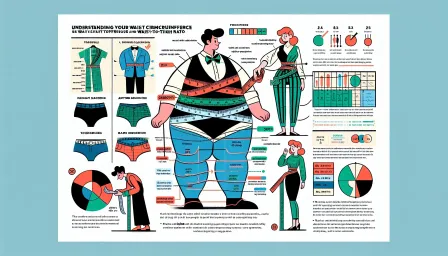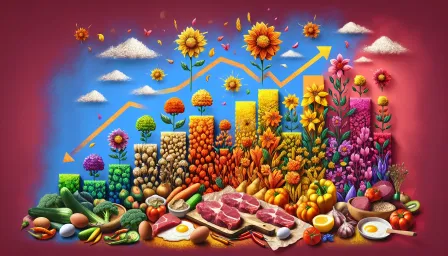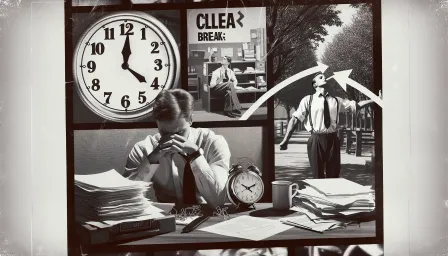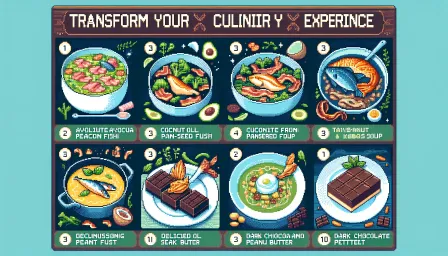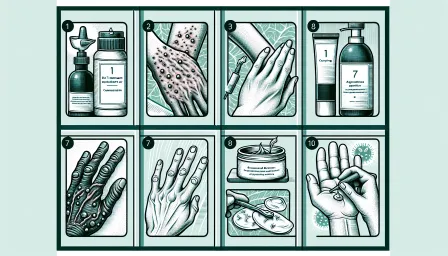How to Master Calorie Counting Without a Food Scale: A Beginner’s Guide
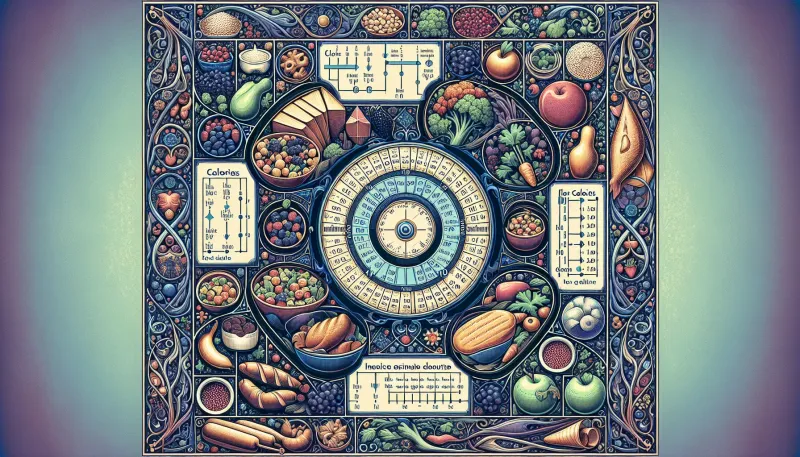
Master calorie counting without a food scale with this comprehensive beginner's guide. Learn practical tips and techniques to track your intake accurately.
Introduction
Calorie counting is an effective way to manage your weight and improve your dietary habits. However, many beginners struggle with the idea of needing a food scale to measure everything precisely. Fortunately, you can master calorie counting without a food scale by using practical methods and techniques. This guide will walk you through everything you need to know to accurately track your calorie intake without relying on a scale.
Why Accurate Calorie Counting Matters
Understanding the number of calories you consume is crucial whether you're trying to lose, gain, or maintain your weight. Accurate calorie counting helps you stay within your daily goals, leading to more effective weight management.
Meeting Your Goals
Achieving a calorie deficit or surplus depends on how well you can track your intake. Consistency and accuracy are key to meeting your goals, and there are various tools and methods to help you get there without a food scale.
Improving Dietary Quality
Calorie counting can also improve the quality of your diet. It encourages you to be mindful of what you’re eating, promotes healthier choices, and makes you more aware of portion sizes.
Tools and Techniques for Calorie Counting Without a Food Scale
Using Portion Sizes
One of the simplest ways to count calories without a scale is to become familiar with standard portion sizes. The USDA provides general guidelines for serving sizes that can help you estimate amounts.
- Meat: A serving size of meat is typically about the size of a deck of cards or your palm (3-4 oz).
- Grains: One serving of cooked pasta or rice is about the size of a cupped hand or a baseball (1 cup).
- Vegetables and Fruits: A serving is about the size of your fist or a tennis ball.
- Fats: A serving of butter or oil is approximately the size of your thumb (1 tablespoon).
Visual Aids
Using visual aids such as photos or diagrams that compare food portions to everyday objects can be extremely helpful. These visual guides can provide a quick and easy reference to help you estimate portion sizes accurately.
Mindful Eating
Developing the habit of mindful eating can significantly improve your calorie counting accuracy. This means paying full attention to what you are eating, savoring every bite, and recognizing your body's hunger and fullness cues.
Keeping a Food Diary
Maintaining a food diary is an excellent way to track your calorie intake. Write down everything you consume, including portion sizes and ingredients. You can use apps that have extensive food databases to help you calculate the calorie content of your meals.
Common Challenges and Solutions
Estimating Mixed Dishes
Calculating the calories in mixed dishes can be tricky. Break the dish down into its components, estimate the portion size of each ingredient, and use online databases to find the calorie content.
Eating Out
Restaurants can be a challenge when you don't have a scale. Many restaurants provide nutritional information on their websites. If not, use similar meal entries from food databases to estimate your intake.
Handling Packaged Foods
Packaged foods come with nutrition labels that provide the calorie content per serving size. Compare the serving size on the label to what you consume and adjust your calculations accordingly.
Advanced Tips for Improved Accuracy
Use Measuring Cups and Spoons
Although not as precise as a food scale, using measuring cups and spoons is a helpful alternative for home cooking. Measure ingredients before adding them to your dishes to get a more accurate calorie count.
Weigh Ingredients Occasionally
If you have access to a food scale occasionally, use it to weigh ingredients you often consume. This will give you a better understanding of portion sizes, which you can then estimate more accurately in the future without a scale.
Consult Nutrition Databases
Nutrition databases and apps can offer caloric values for a vast variety of foods and dishes. Use these tools to cross-reference and more accurately estimate your calorie intake.
Conclusion
Calorie counting without a food scale is entirely achievable by using practical methods and techniques such as familiarizing yourself with portion sizes, using visual aids, and maintaining a food diary. By overcoming common challenges with the tips provided, you can accurately track your calorie intake and achieve your dietary goals. Remember, consistency and mindfulness are key to mastering calorie counting without needing a food scale.






